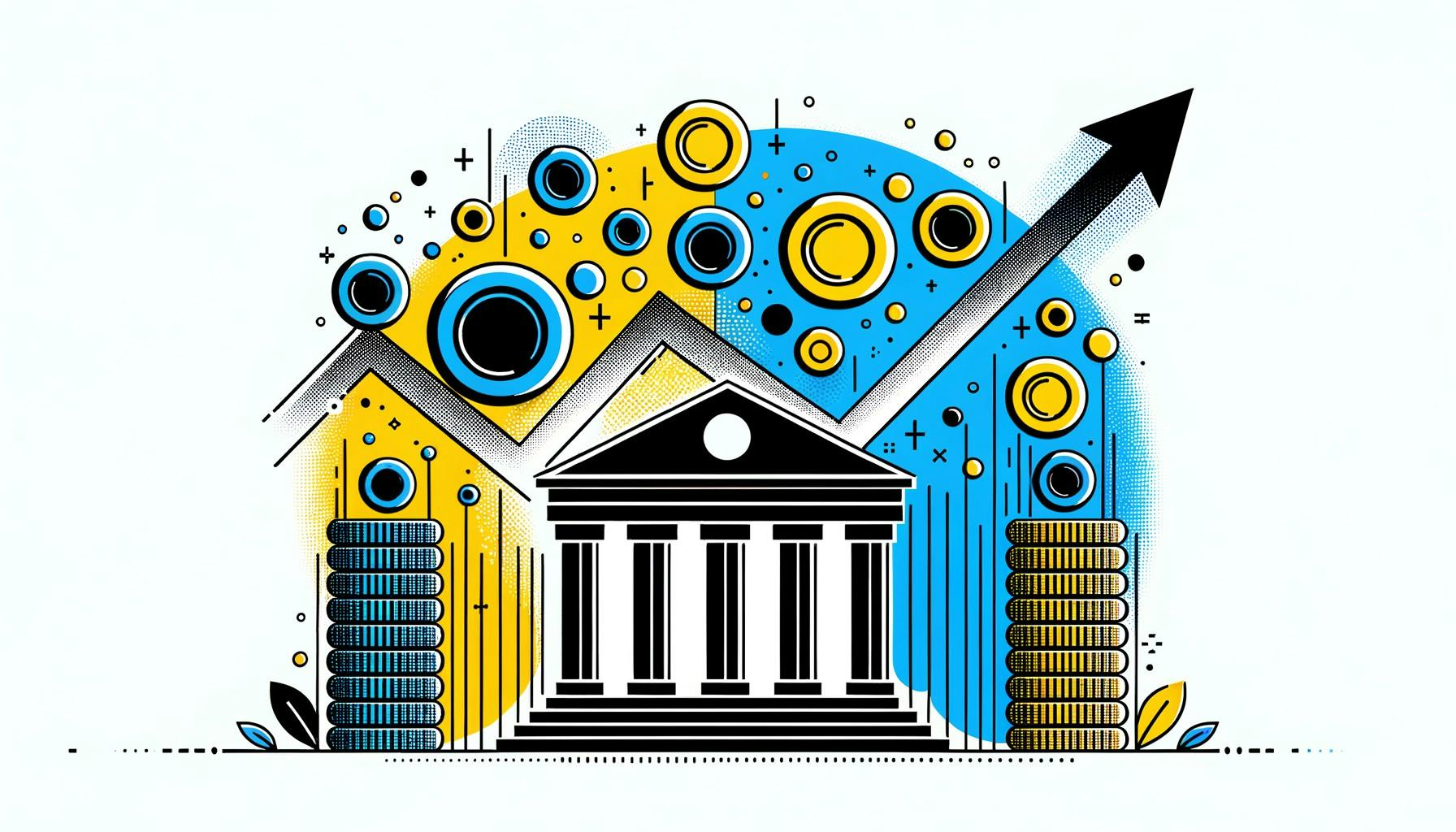- Luminate Home Loans sues Better for poaching retail business
- What to know about student loans before the White House transition
- Hong Kong’s November home prices and rents diverge as cheaper loans drove tenants to buy
- NEWS BRIEF: USDA Rural Development home loans, grants – Park Rapids Enterprise
- CFPB Reports Private, Federal Student Loan Servicer Violations
What’s going on here?
Bạn đang xem: HDFC Bank Sees Deposit Growth Outpace Loans Despite Challenges
HDFC Bank, India’s largest private lender by assets, recently reported a significant change: its deposits grew faster than its loans in the last quarter of 2024.
Xem thêm : Americans struggling with student debt expect ‘much worse’ under Trump | US student debt
What does this mean?
HDFC Bank saw its deposits rise by 4.2% to ₹24.53 trillion, while loan growth slowed to 0.9%, reaching ₹25.43 trillion. This indicates a cautious stance amid regulatory oversight and economic pressures. The growth in deposits is a positive sign of trust and financial health, yet low-cost current and savings accounts grew by only 1.1%, suggesting challenges in securing cheap funding. The merger with HDFC boosted its loan assets, pushing the bank’s loan-to-deposit ratio to about 110%. To manage liquidity, HDFC Bank has started securitizing loans worth ₹216 billion. Meanwhile, the Reserve Bank of India’s approval for HDFC to expand stakes in several banks could strategically enhance its market position.
Why should I care?
For markets: Strategic lending amidst regulation.
The gradual slowdown in loan growth across Indian banks, including HDFC, underscores the impact of regulatory scrutiny. With the loan-to-deposit ratio surpassing comfortable levels, HDFC’s strategic securitization and loan sales reflect a proactive approach to liquidity management. Investors should monitor how these strategies affect HDFC’s balance sheet and market reach, especially given its potential stakes in other financial institutions.
The bigger picture: Indian banking at a crossroads.
As regulatory forces attempt to stabilize financial growth in the region, HDFC Bank’s actions signal broader shifts in the Indian banking sector. The bank’s efforts to balance its lending practices amid a high loan-to-deposit ratio and expanding stakes align with a cautious yet opportunistic strategy. These moves could redefine market dynamics, offering insights into how Indian banks will maneuver through economic and regulatory challenges in the long term.
Nguồn: https://marketeconomy.monster
Danh mục: News

